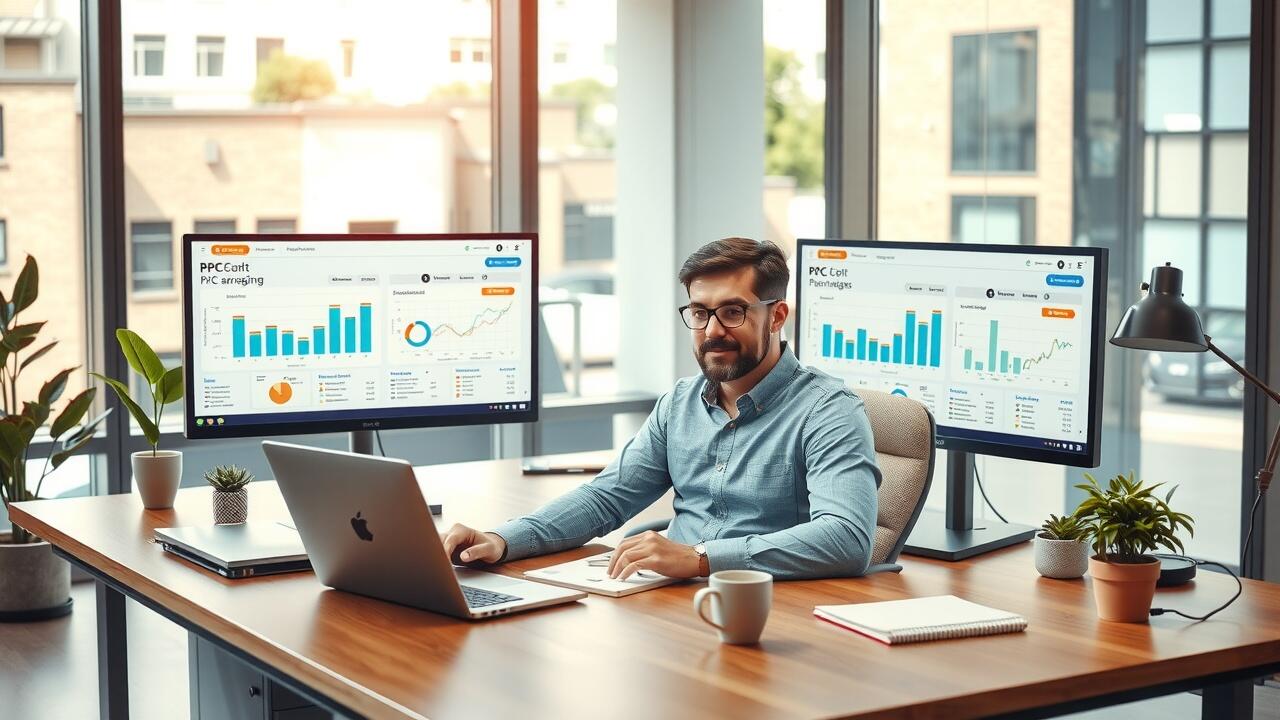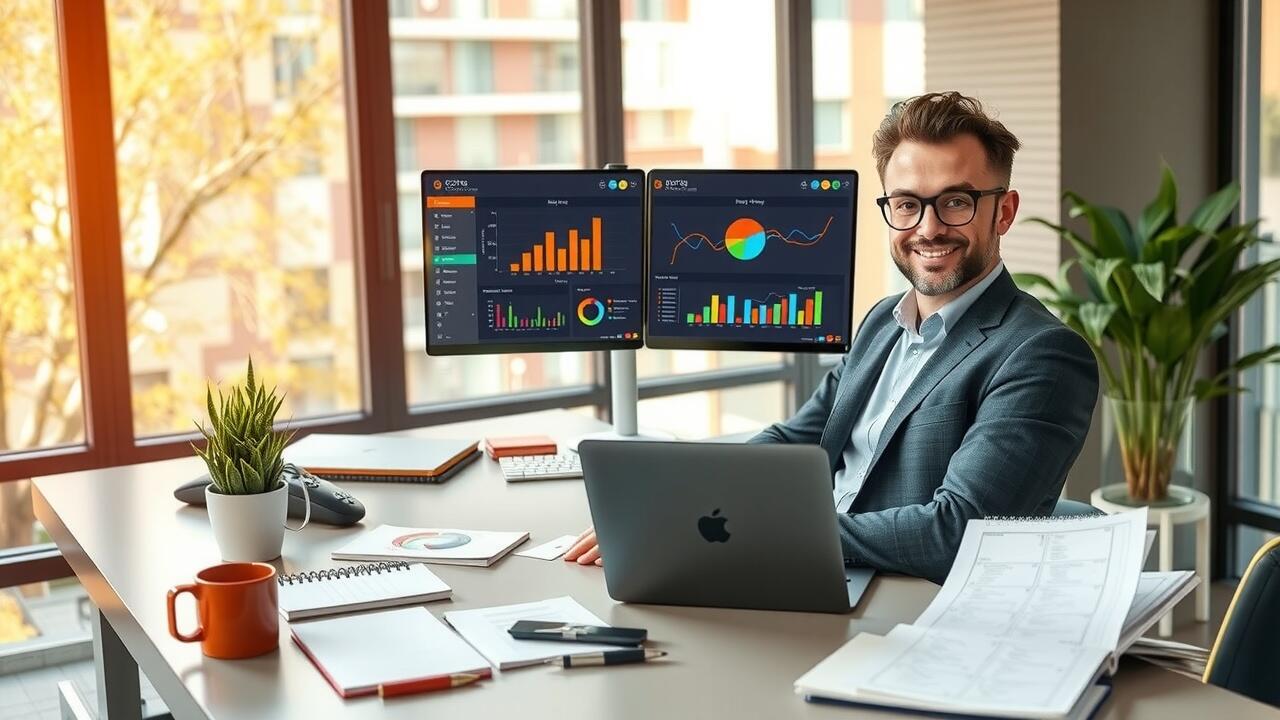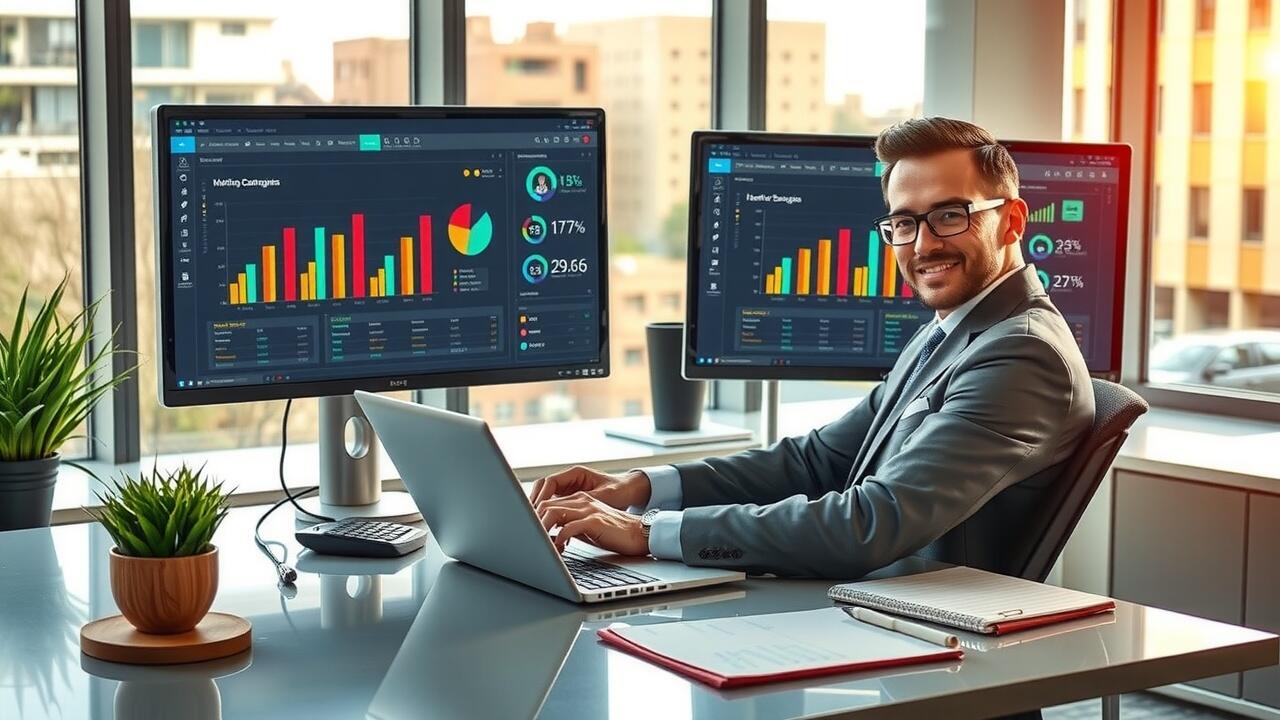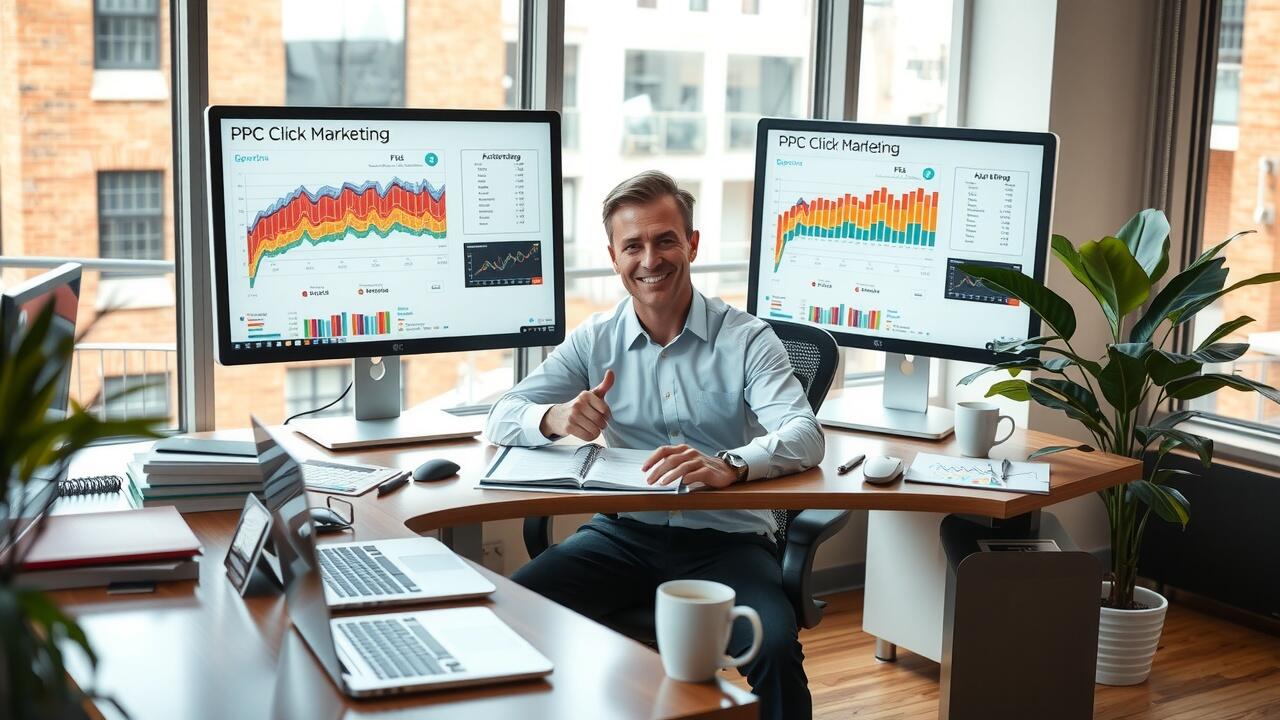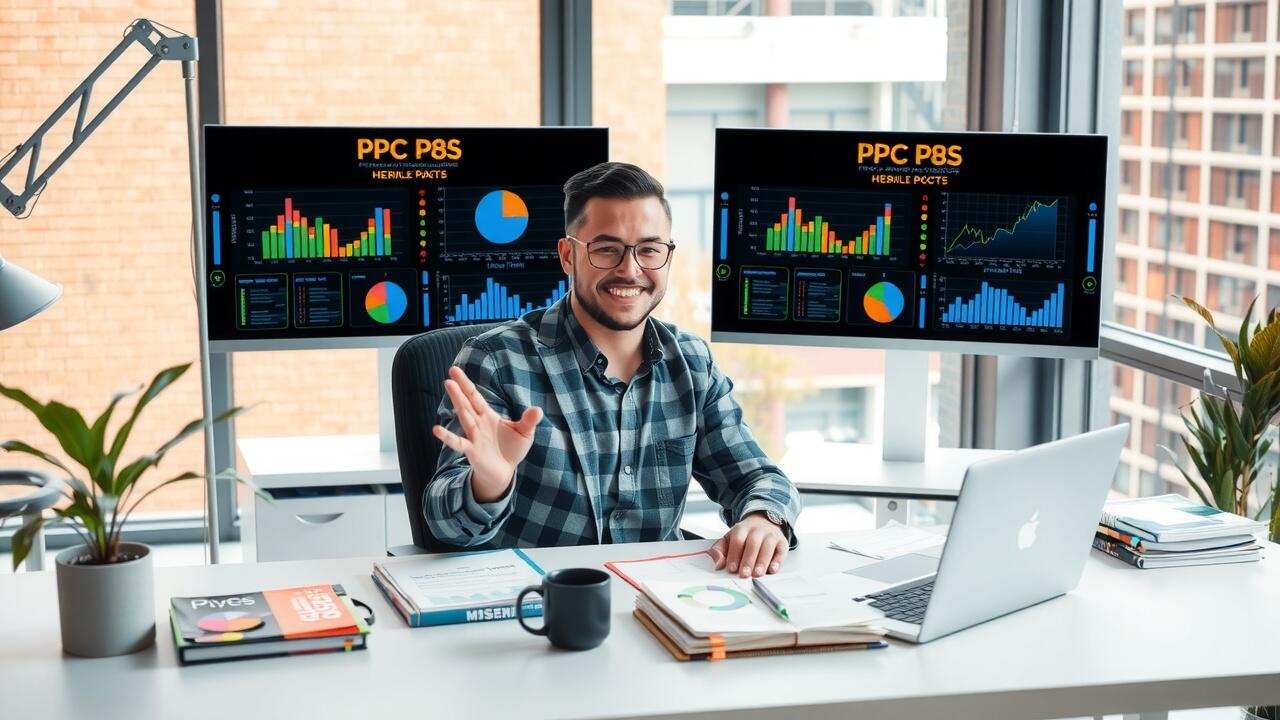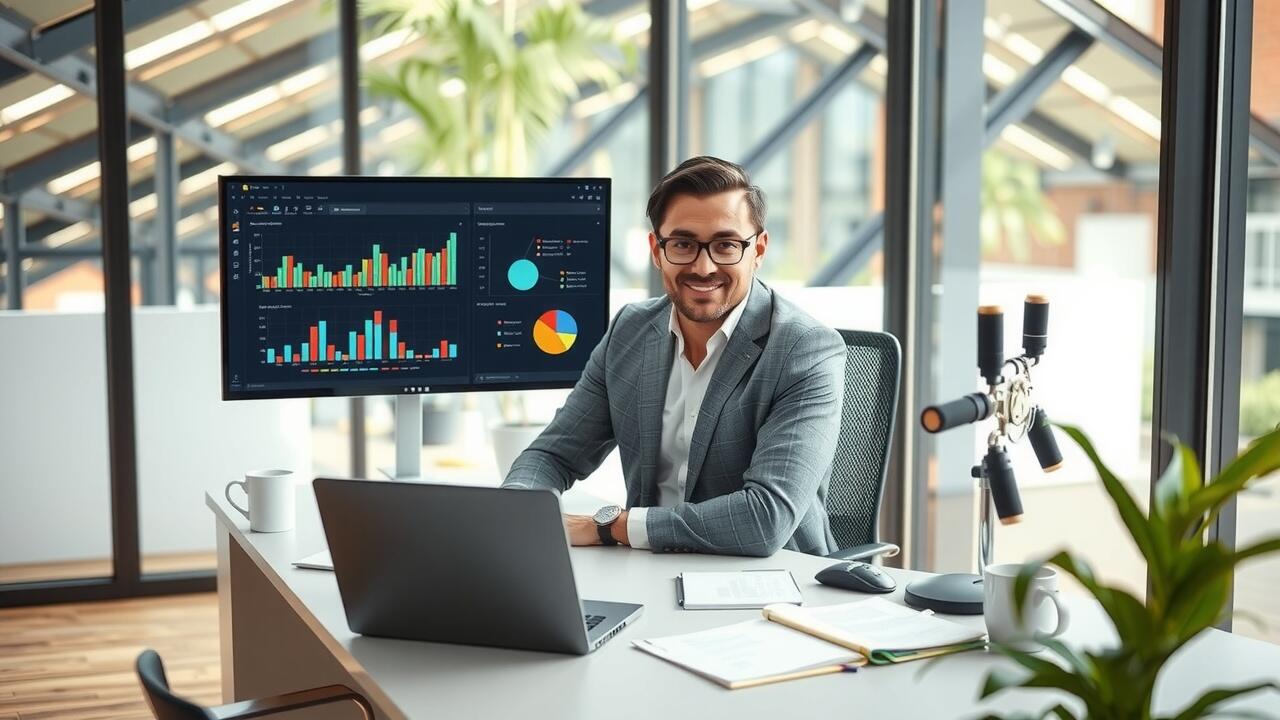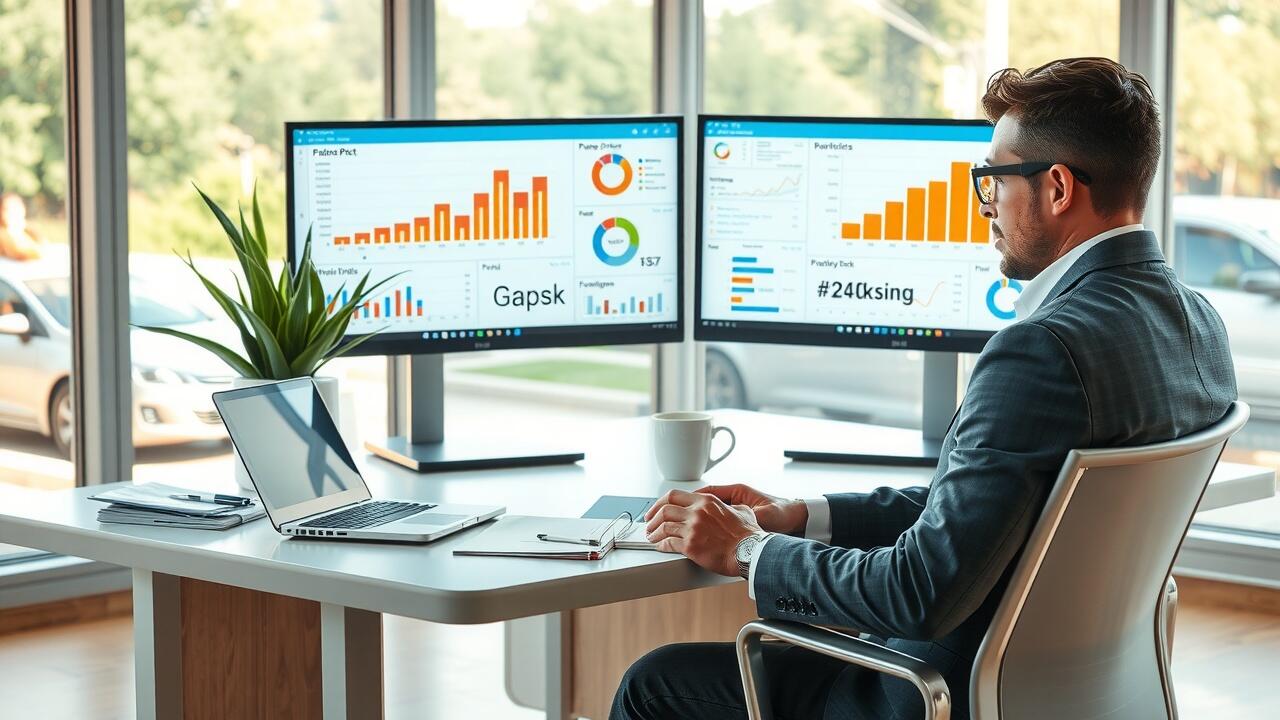
Seasonality Effects on CPC
Seasonal trends significantly impact the dynamics of Pay-Per-Click (PPC) Advertising, leading advertisers to experience fluctuations in costs throughout the year. For instance, during festive periods such as Christmas or major sales events like Black Friday, competition intensifies as businesses aim to capture consumer attention, driving up CPC. In contrast, off-peak times may witness a decline in costs due to reduced competition, allowing advertisers to take advantage of lower rates for their campaigns.
Moreover, different industries face varying seasonal trends that can affect CPC rates. Retailers often see spikes in advertisement expenditure leading up to key shopping days, whereas service-based businesses may experience quieter periods during holidays. Understanding these cyclical patterns is vital for advertisers as they can better strategise their budgets and maximise the effectiveness of their PPC campaigns in response to the anticipated market activity.
Peak Times and Market Trends
Peak times play a significant role in determining the cost of Pay-Per-Click (PPC) Advertising. During high-demand periods, such as holidays or major sales events, competition among advertisers intensifies. This surge in activity leads to higher bids for key terms, as multiple businesses aim to capture consumer attention. As more advertisers enter the fray, the maximum cost-per-click can escalate rapidly, making it challenging for smaller players to compete effectively.
Market trends also influence CPC rates substantially. Changes in consumer behaviour can affect how much advertisers are willing to spend. For instance, as e-commerce continues to grow, sectors like retail observe increased competition in the digital space. Advertisers may need to adjust their budgets and strategy in response to these evolving trends, ensuring their campaigns remain effective despite the fluctuating costs associated with PPC Advertising.
Platform Differences in CPC
The landscape of digital advertising is diverse, with various platforms exhibiting significant differences in their Cost-Per-Click (CPC) metrics. Google Ads often commands higher CPC rates due to its extensive reach and established reputation. Advertisers compete fiercely for visibility on search results pages, driving up costs. In contrast, platforms like Facebook and Instagram may offer lower CPC rates, particularly for businesses targeting specific user demographics through engaging visual content. This makes social media an appealing choice for those looking to refine their advertising strategies in terms of budget and outreach.
Diverse targeting capabilities further influence CPC differences across platforms. Google Ads primarily focuses on intent-driven searches, where users actively seek specific products or information, leading to potentially higher conversion rates. Conversely, social media platforms rely on interest and behavioural targeting, which can result in lower CPC but may require a larger volume of clicks to achieve the same level of conversion success. Understanding these distinctions is crucial for optimising Pay-Per-Click (PPC) advertising campaigns, allowing businesses to allocate their budgets effectively based on their specific goals and audience.
Comparing Google Ads and Social Media
When comparing Google Ads and social media platforms, it's essential to recognise the distinct approaches each takes in Pay-Per-Click (PPC) advertising. Google Ads primarily targets users based on search intent, capturing potential customers actively looking for specific products or services. This often leads to higher competition for keywords, driving up CPC rates. Advertisers tend to invest significantly to secure prime placements, particularly for lucrative niches where conversion rates are notably high.
In contrast, social media platforms focus more on audience targeting based on demographics, interests, and behaviours rather than immediate search intent. This allows for a broader range of advertising opportunities and potentially lower CPC in some cases. Although conversion rates can vary when compared to Google Ads, social media provides the advantage of building brand awareness and engaging with users at an earlier stage in the buying journey. Consequently, advertisers must weigh their goals carefully when choosing between these platforms in their PPC strategies.
Bid Strategies and CPC
Bid strategies play a crucial role in determining the cost associated with Pay-Per-Click (PPC) Advertising. Advertisers often grapple with the decision between manual and automated bidding methods. Manual bidding offers greater control over individual keywords and their maximum cost-per-click. This approach can be advantageous for campaigns requiring precise budget management and specific keyword targeting. However, the time and expertise needed to manage manual bids can be significant, making it less appealing for some marketers.
In contrast, automated bidding leverages algorithms to optimise bids based on various factors such as competition and targeted audience behaviour. This method can streamline management processes and potentially lead to improved performance; it adjusts bids in real time to maximize ad visibility and return on investment. While this approach can be effective, it may also lead to higher costs if not monitored closely. The choice between these bidding strategies ultimately impacts the overall expenses associated with PPC Advertising, highlighting the diverse dynamics within the digital advertising landscape.
Manual vs. Automated Bidding
Manual bidding offers advertisers full control over their bids in Pay-Per-Click (PPC) Advertising campaigns. This strategy allows for specific adjustments based on individual keywords and competition levels. Advertisers can allocate budgets more effectively and hone in on high-performing terms, optimising their campaigns according to real-time data. It requires constant attention and fine-tuning, which can be resource-intensive.
In contrast, automated bidding streamlines the bidding process by leveraging algorithms to adjust bids based on various factors such as device, location, and time of day. This approach can be beneficial for advertisers seeking efficiency and time savings. Automated systems analyse vast amounts of data, making real-time adjustments to maximise ad performance while adhering to set goals. However, some advertisers may find that this method lacks the precision that comes with manual oversight, leading to concerns about budget control and targeting accuracy.
FAQS
What factors contribute to the high cost of CPC?
Several factors contribute to the high cost of CPC, including seasonality effects, platform differences, market trends, competition among advertisers, and the chosen bid strategies.
How do seasonal trends affect CPC rates?
Seasonal trends can lead to fluctuations in demand, with peak times often resulting in higher CPC rates as more advertisers compete for the same audience during critical shopping periods.
What is the difference between Google Ads and social media in terms of CPC?
Google Ads typically has a higher CPC due to its intent-driven nature, where users are actively searching for services or products, whereas social media platforms often have lower CPC as they focus more on brand awareness and engagement.
How do manual and automated bidding strategies affect CPC?
Manual bidding allows advertisers to set their own CPC bids, which can lead to cost efficiency if managed well. In contrast, automated bidding uses algorithms to optimise bids based on performance goals, which can sometimes result in higher CPCs if the strategy is not aligned with the campaign objectives.
Can I control my CPC costs effectively?
Yes, by understanding market trends, optimising ad targeting, experimenting with different bid strategies, and continually monitoring performance, advertisers can manage and potentially lower their CPC costs effectively.
